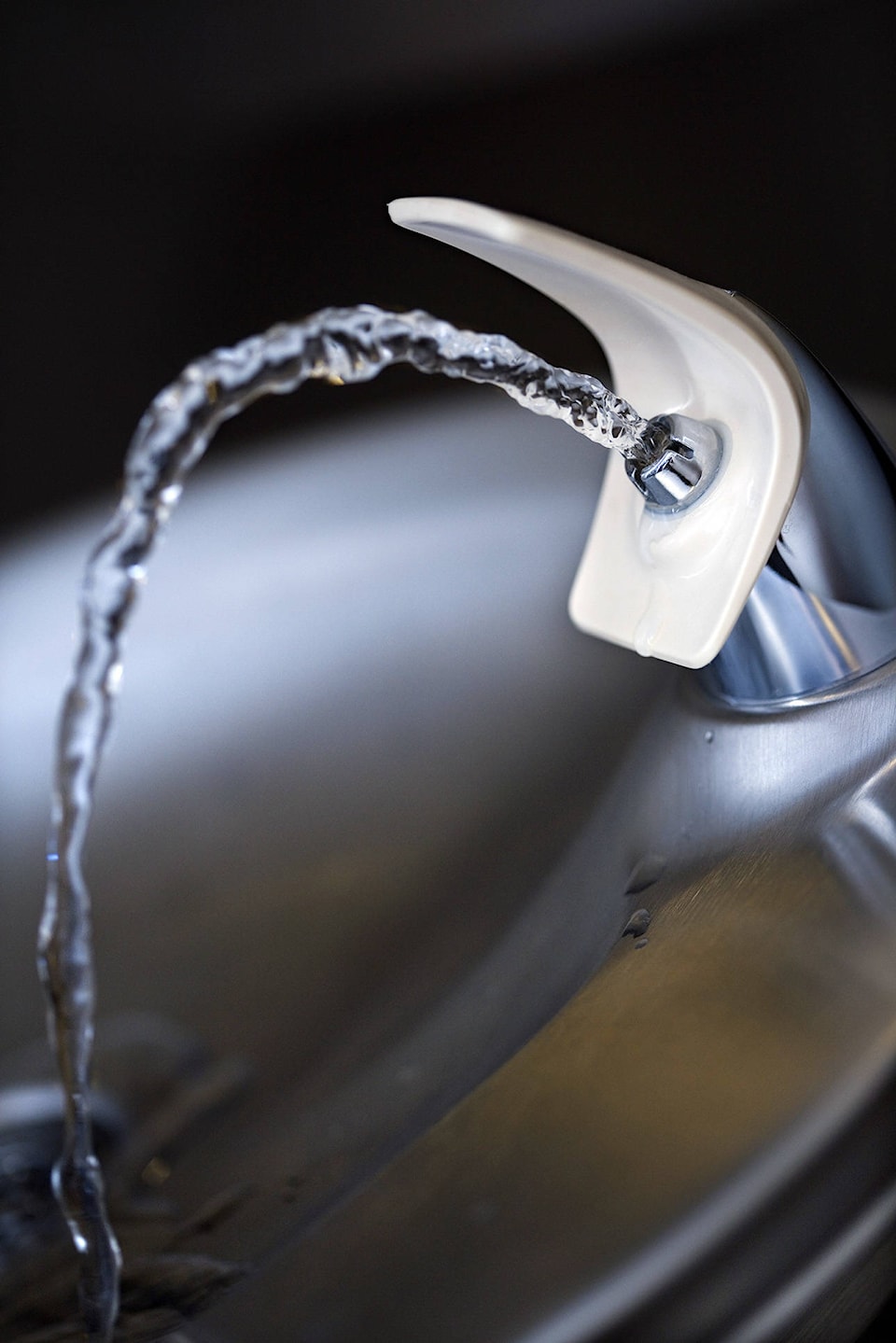The water at 14 Mission Public School district buildings was recently tested to measure the amount of lead.
More than 150 water sources – including taps and fountains – were examined.
As a result, 39 fountains were decommissioned, one fountain was replaced and work was done to re-pipe the plumbing for a second fountain that was being replaced. Where necessary, signs were installed to advise that the water from the faucet or sink must be flushed for two minutes before use.
The testing was performed in consultation with the provincial government and Fraser Health. The results were submitted to the province on March 30.
“There is no danger to staff or students,” said Angus Wilson, superintendent of schools.
“The quantities and amounts are incredibly low, but nonetheless our due diligence is to turn them off, correct them or close them off permanently.”
Wilson said the district monitors “these things on a regular basis and we have very low tolerance for materials in water so we are always cautious.”
The district tested 14 of 23 buildings in the first year of the program.
These buildings were determined to be a higher risk for lead in the water due to the age of the buildings: Albert McMahon Elementary, Cherry Hill Elementary, Dewdney Elementary, École Mission Central Elementary, École Mission Secondary, E.S. Richards Elementary, Fraserview Elementary, Hatzic Elementary, Hatzic Middle School, Hillside Elementary, Silverdale Elementary, West Heights Elementary, the school board office and the facilities (Ferndale).
The remaining nine buildings were determined to be a lower risk and will be tested next school year.
The province approved a policy in 2016 requiring school districts to test for lead in drinking water in school facilities to ensure the water quality meets established guidelines.
The policy requires school districts to establish the following four part water quality testing program:
Risk assessment: To be used to prioritize the testing program. Assessments must be based on the age of the facilities, recent improvements, and any history of elevated levels of lead in the water.
Water testing: A testing program must be developed in collaboration with Fraser Health. All facilities must be tested once every three years, with a minimum of 1/3 tested each year.
Mitigation plan: For tests results with lead levels above the maximum allowable concentrations of .010 mg/L (as determined by Health Canada), plans may include flushing regimes, deactivation of water sources, installation of filtration systems, plumbing upgrades, or other steps to reduce the concentrations of lead in the water.
Communications: The School District must work with Fraser Health regarding the public communications and the development of mitigation solutions.
Next Steps:
The School District will be reviewing every decommissioned fountain as a result of the testing to determine whether the fountains can be refurbished to eliminate the source of lead in the water, whether any fountains or pipes should be replaced, or whether the fountain should remain decommissioned.
